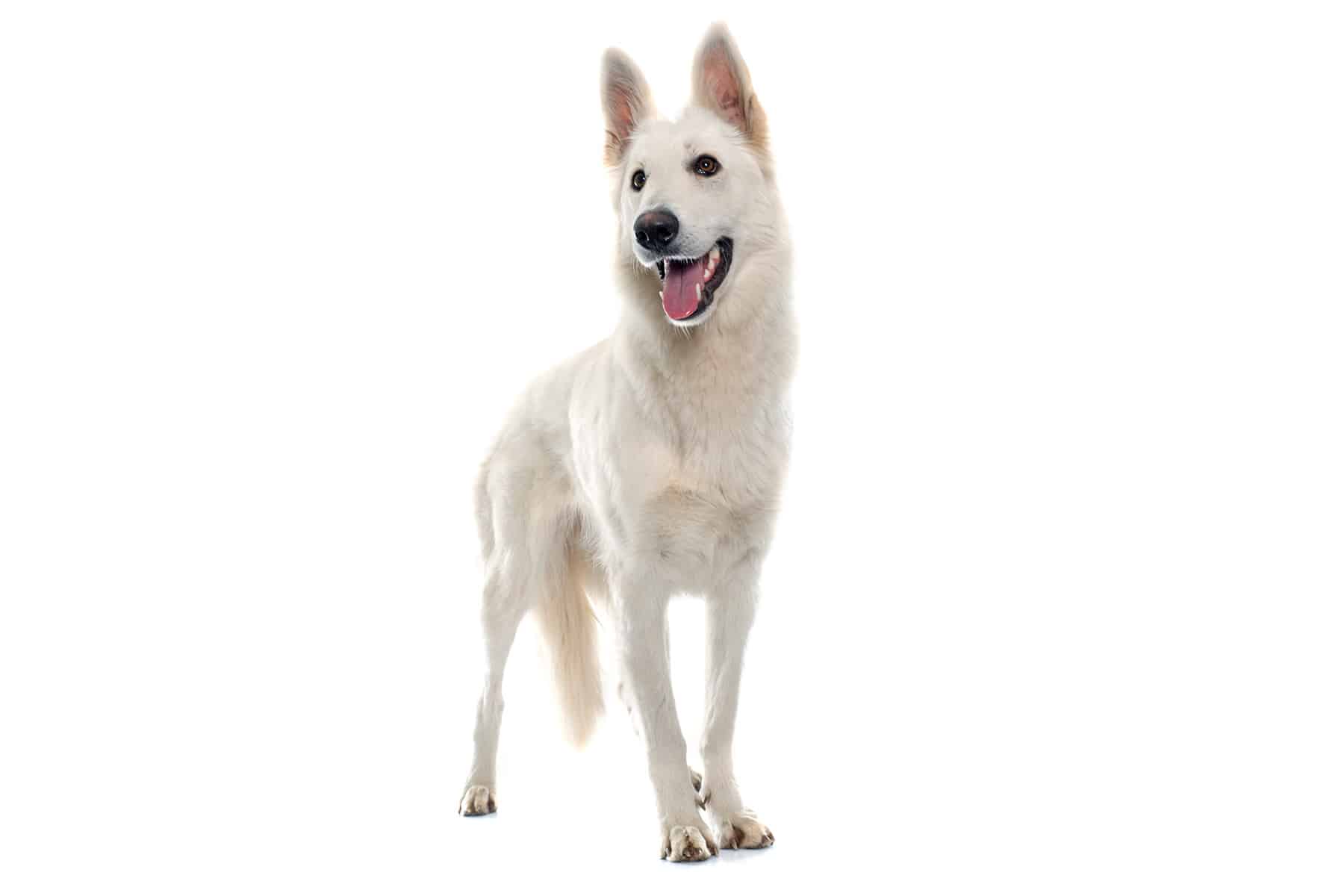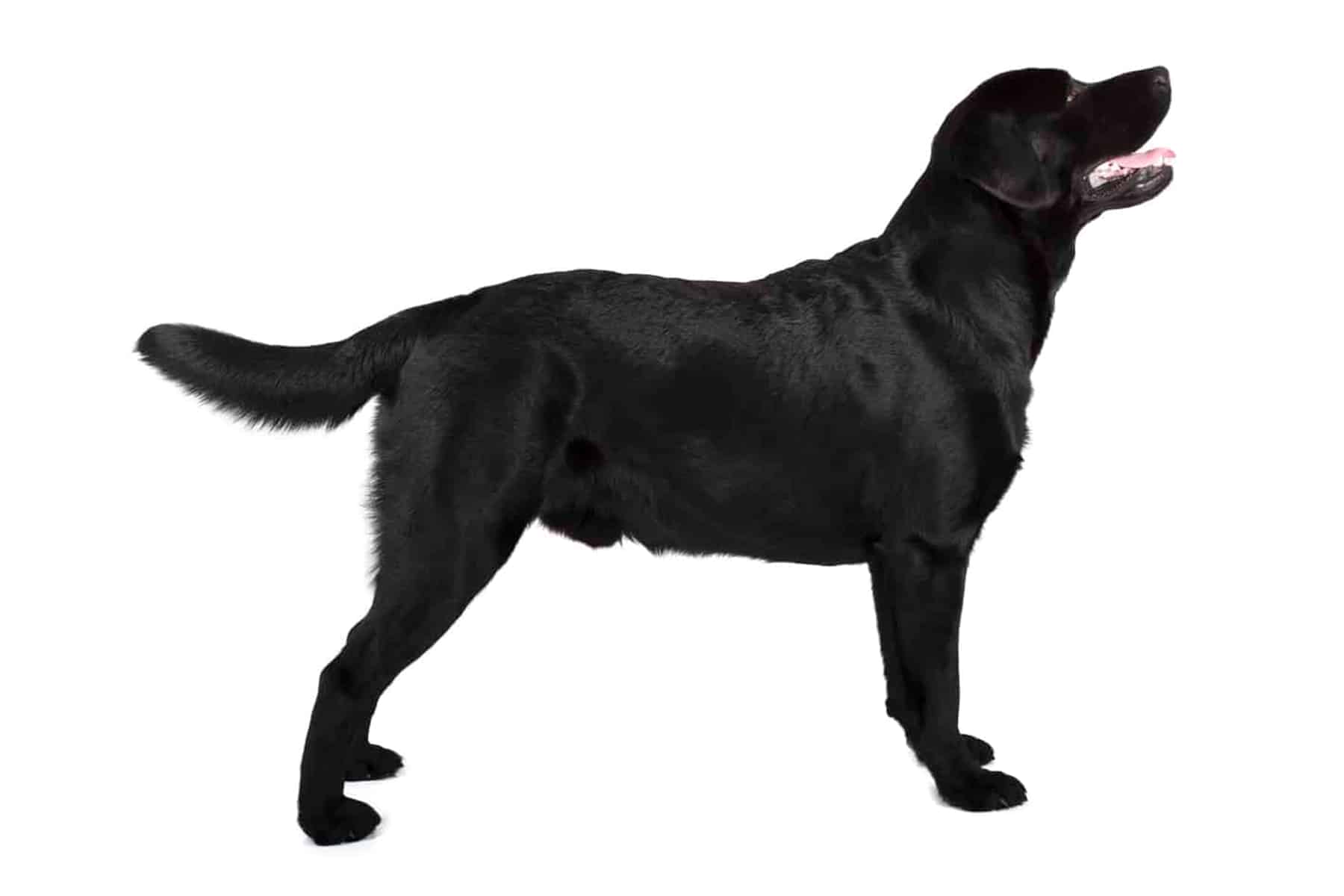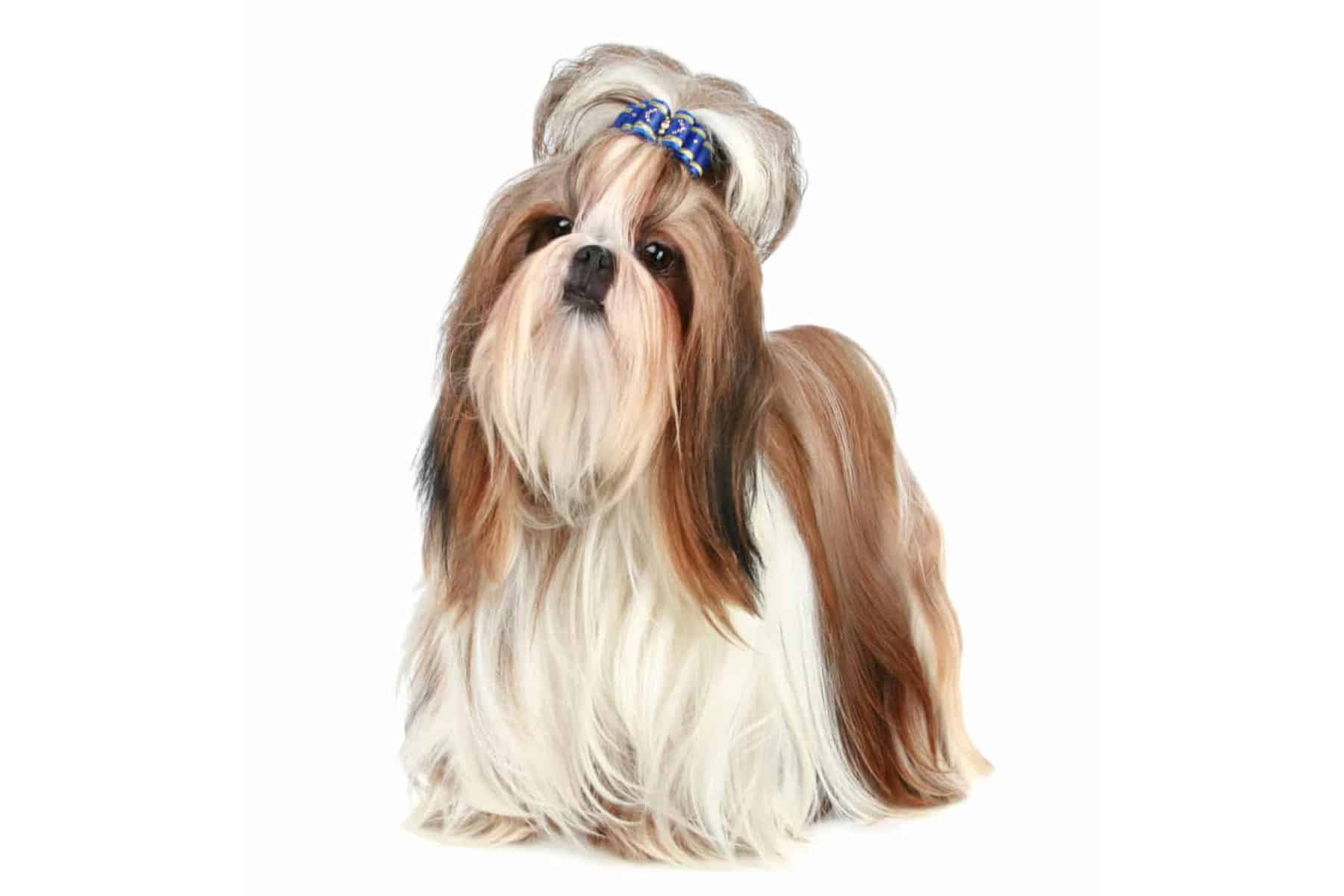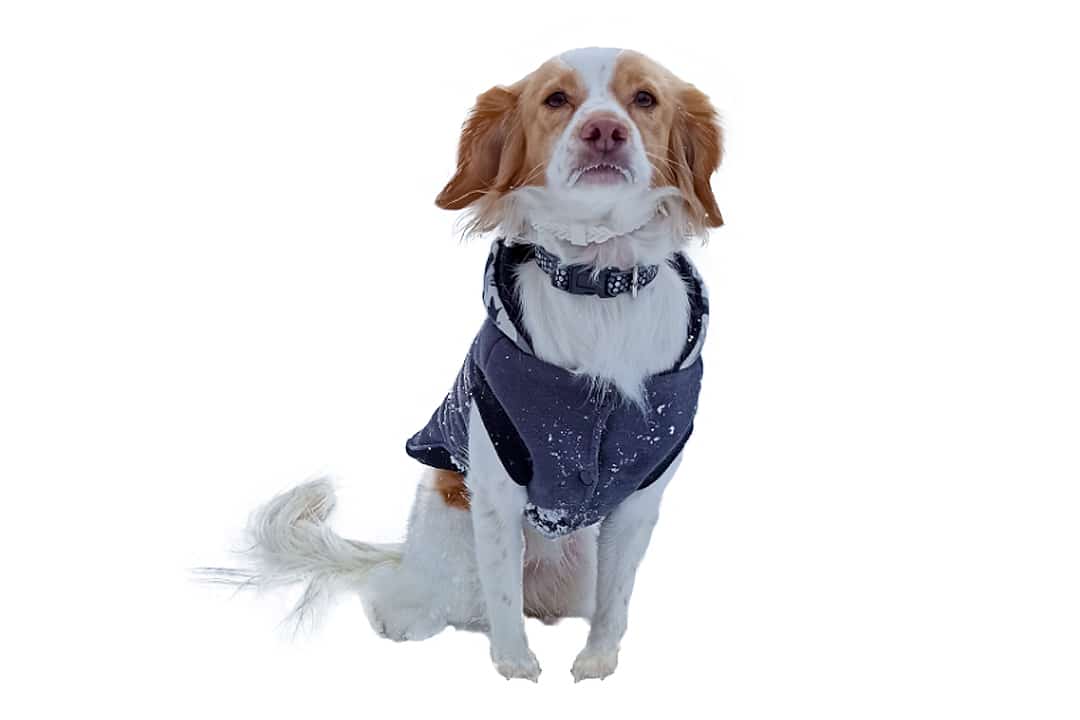Bloodhound
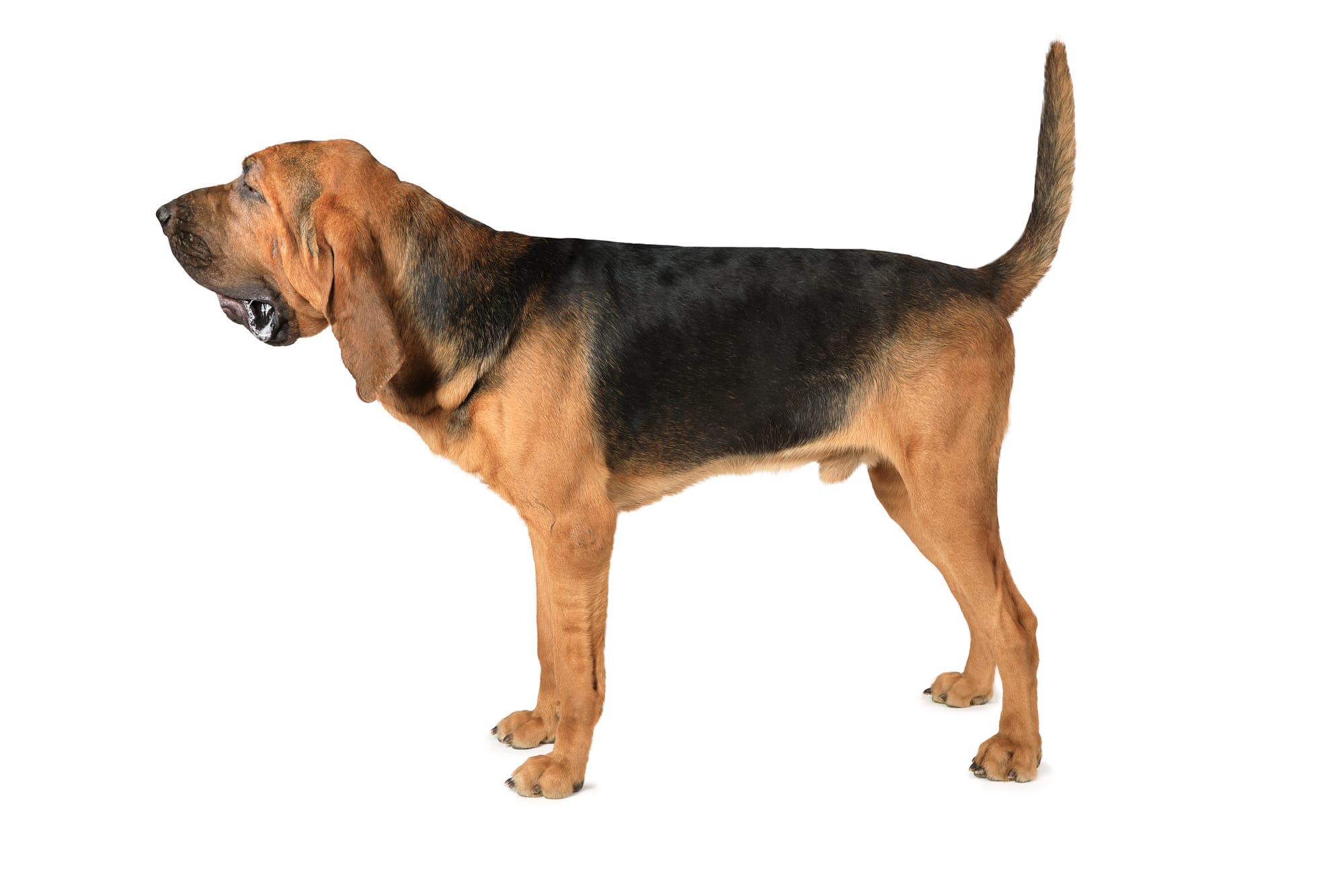
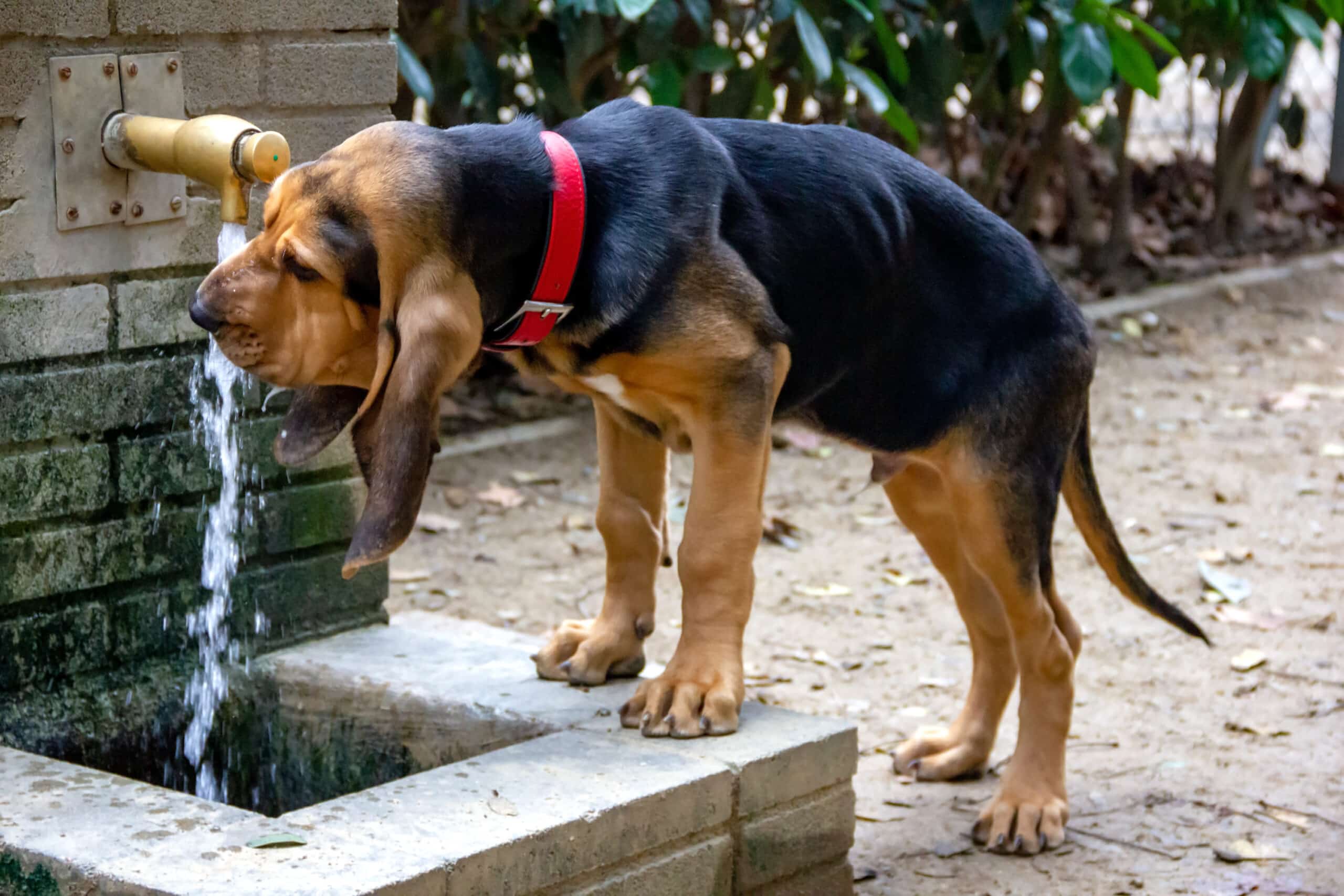
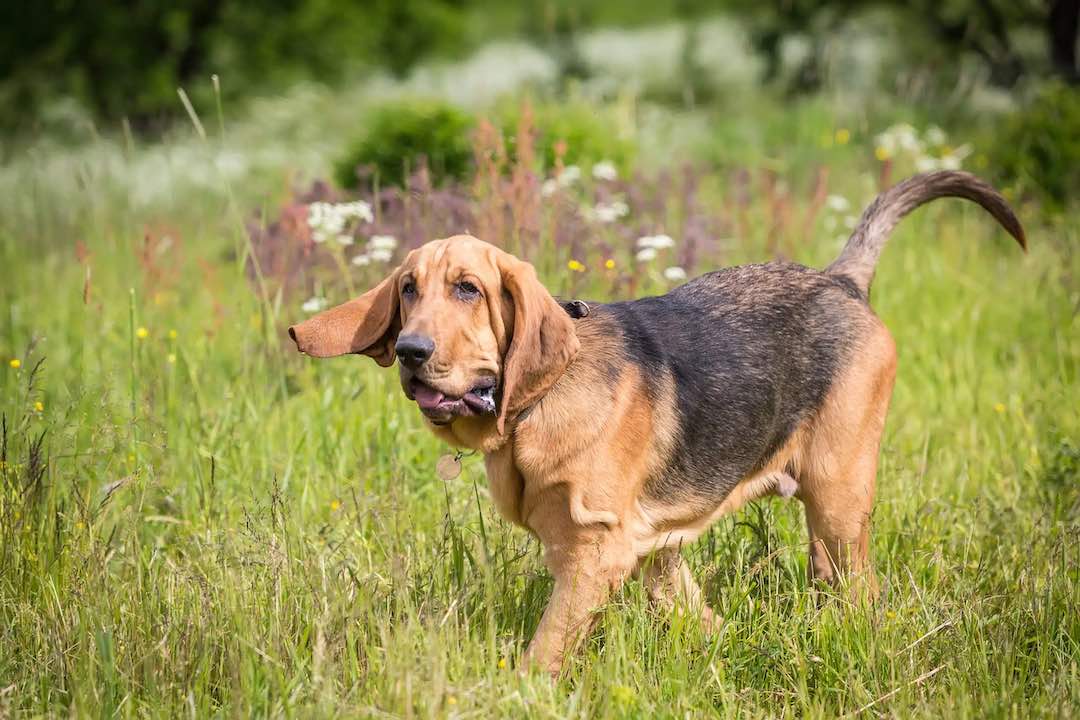
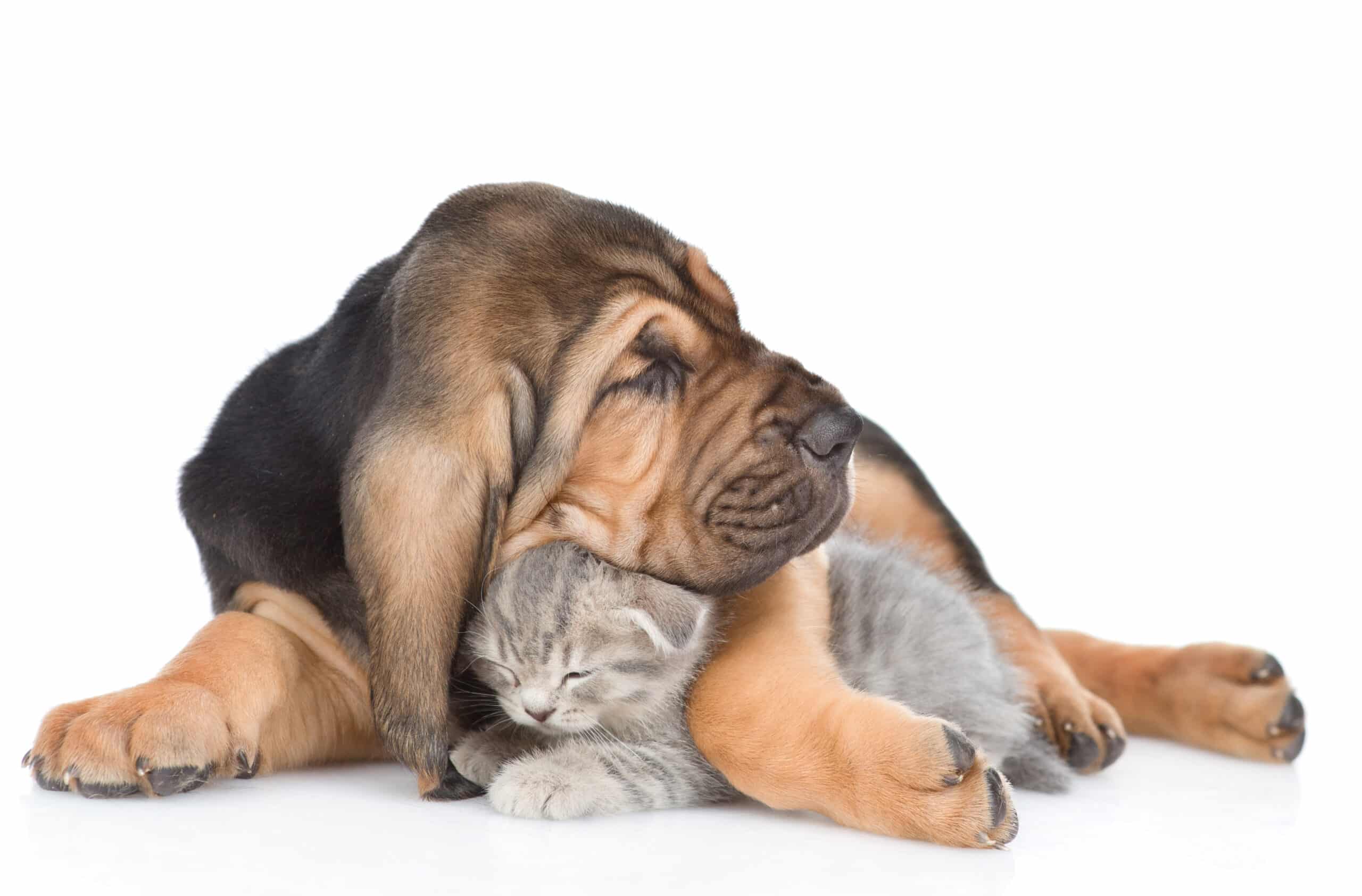
Temperament:
Originating from Belgium, the Bloodhound is an old and rare breed of dog. It is primarily used for hunting. However, due to its calm and gentle nature, it can also be kept as a family dog.
Characteristics
According to the FCI standard, Bloodhounds belong to group 6 of the running dogs. They are among the large dog breeds and can weigh up to 54 kg. They usually reach an age of eight to ten years. Their coat color is usually black-brown. Their height is around 62-68 cm.
In Belgium, the Bloodhound is also known as the Chien de St. Hubert. Bloodhounds are characterized by a very good sense of smell, but often suffer from eye diseases. The skin on the Bloodhound's head and neck is thin and supple with wrinkles. The rest of the coat is smooth and silky.
The ears are long and thin and reach over the nose. The dog moves flexibly and smoothly, but slowly. If you can interpret the dog's body language correctly, you will have a pleasant companion in nature. Then you can let him off the lead and still know when and how to call him back.
They are friendly, calm and good-natured, but can also be very stubborn. They offer the ideal balance to hectic everyday life. This is because they radiate an almost unshakeable calm. Only when they smell something with their sense of smell do they feel the urge to follow the scent.
Bloodhounds follow their master and also get along well with other family members and pets. Their sensitivity is evident when they are reprimanded or praised. However, they never react aggressively. This is why they also make excellent playmates for children.
In addition to hunting, Bloodhounds can also be used by the police, customs and rescue services. They are able to track down injured animals or check for sweat. They are also used in the search for missing persons.
Coat care:
Shedding:
Energy level:
Trainability:
Children suitable:
The right food
In order for Bloodhounds to work well, they must always be fed high-quality food. This is characterized by a balanced mixture of proteins, fats, carbohydrates, crude fibres and other nutrients, depending on age, weight and activity.
Adult Bloodhounds should receive two fixed meals a day, which should be given regularly. As these dogs are fast eaters, attention must be paid to gastric torsion. This can be recognized by a bloated stomach, excessively frequent changes of position, increased pulse, strong salivation and persistent gagging.
The quickest possible trip to the vet is then vital! You can prevent this by not feeding a large portion a day and making sure your pet gets enough rest after meals.
Health & Care
As the Bloodhound is not a good apartment dog, you should only keep one if you have a house with a fenced-in garden. This is because it does not tolerate city traffic, noise and large gatherings of people particularly well. However, you should not use it as a guard dog, as it will bark briefly but will not pay any further attention to a stranger.
Training this dog is relatively easy if you point out correct and incorrect behavior and its consequences. If you are not consistent, this dog will notice and take advantage of the situation.
To keep it clean, it is sufficient to brush the coat occasionally. As ears and eyes are sensitive, you should check and clean them regularly. If your Bloodhound is still a puppy, you need to be considerate of its joints. This means, for example, that walks should not be too long and that he should not play too much with larger dogs.
Joint diseases can be a negative consequence of overexertion. Another problem that can occur in Bloodhounds is an underactive thyroid gland. Otherwise, the dogs are generally rather rarely ill.
It should be noted that Bloodhounds tend to drool after eating, when happy or after physical exertion. It is therefore advisable to always have a towel to hand so that you can clean the dog's mouth quickly.
Suitable accessories
If you are not yet able to assess your Bloodhound, you should not let it run free on a walk. It is best to keep him on a lead with a leather harness.
The food bowl should not be too high, otherwise the dog will swallow a lot of air. This also increases the risk of stomach torsion.
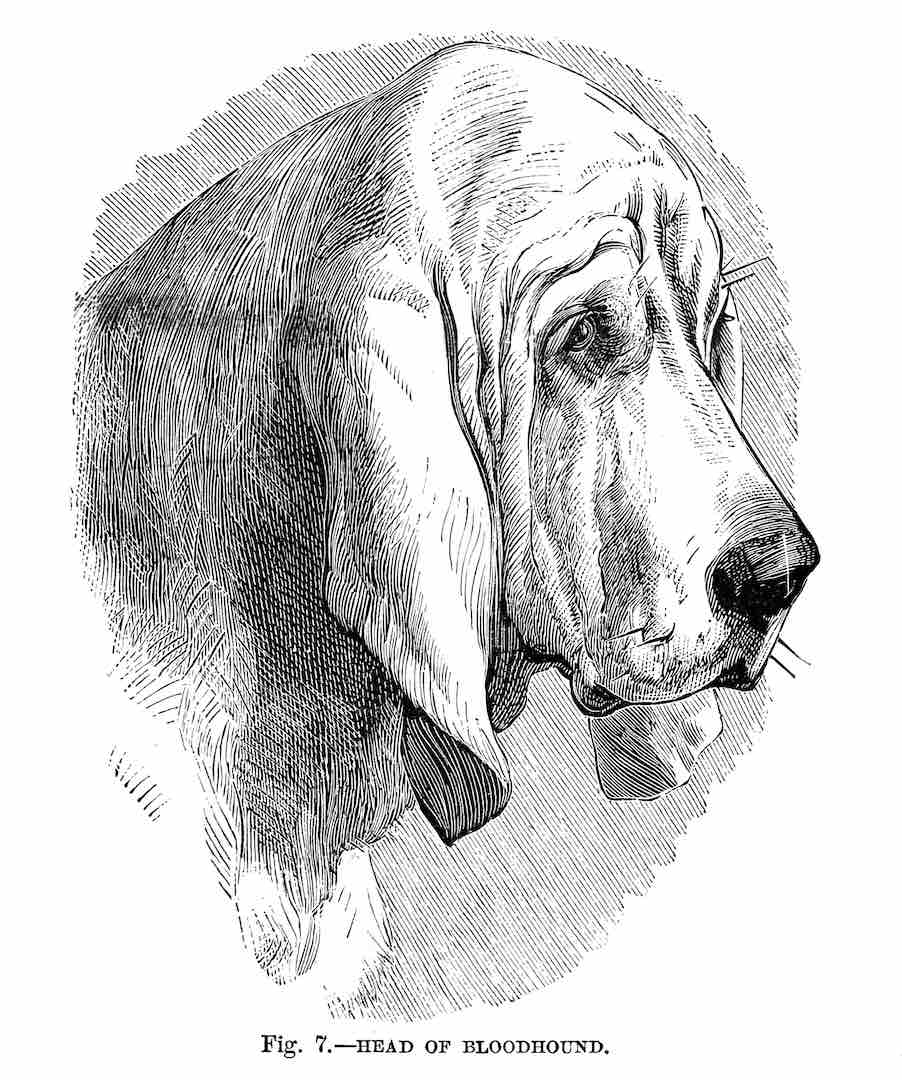
Origin & History
Precursors of the breed have been around since the 2nd century among the Gauls and Celts. They were used as running dogs.
From the Middle Ages onwards, monks bred bloodhounds in a monastery in the Belgian Ardennes. Other bloodhounds in Europe are called Bracken. In England, the breed existed from the 11th century, when the name Bloodhound was introduced. There are various explanations for this:
The fact that the dogs were considered animals of noble blood could be a clue to their name. However, it is more likely that they can follow the blood trail of injured animals with their keen sense of smell.
This dog was bred as a hunting dog in Germany, Luxembourg and Belgium. It was called the Ardennes Bracke. The Coonhound breed was created through crossbreeding in North America from the 17th century.
While dogs were almost irreplaceable for hunting until the 16th century, the need for them diminished over time. Hunters went hunting individually rather than in large groups.
Nevertheless, the Hubertushund, as the Bloodhound is sometimes called, is still registered in the Belgian stud book.
